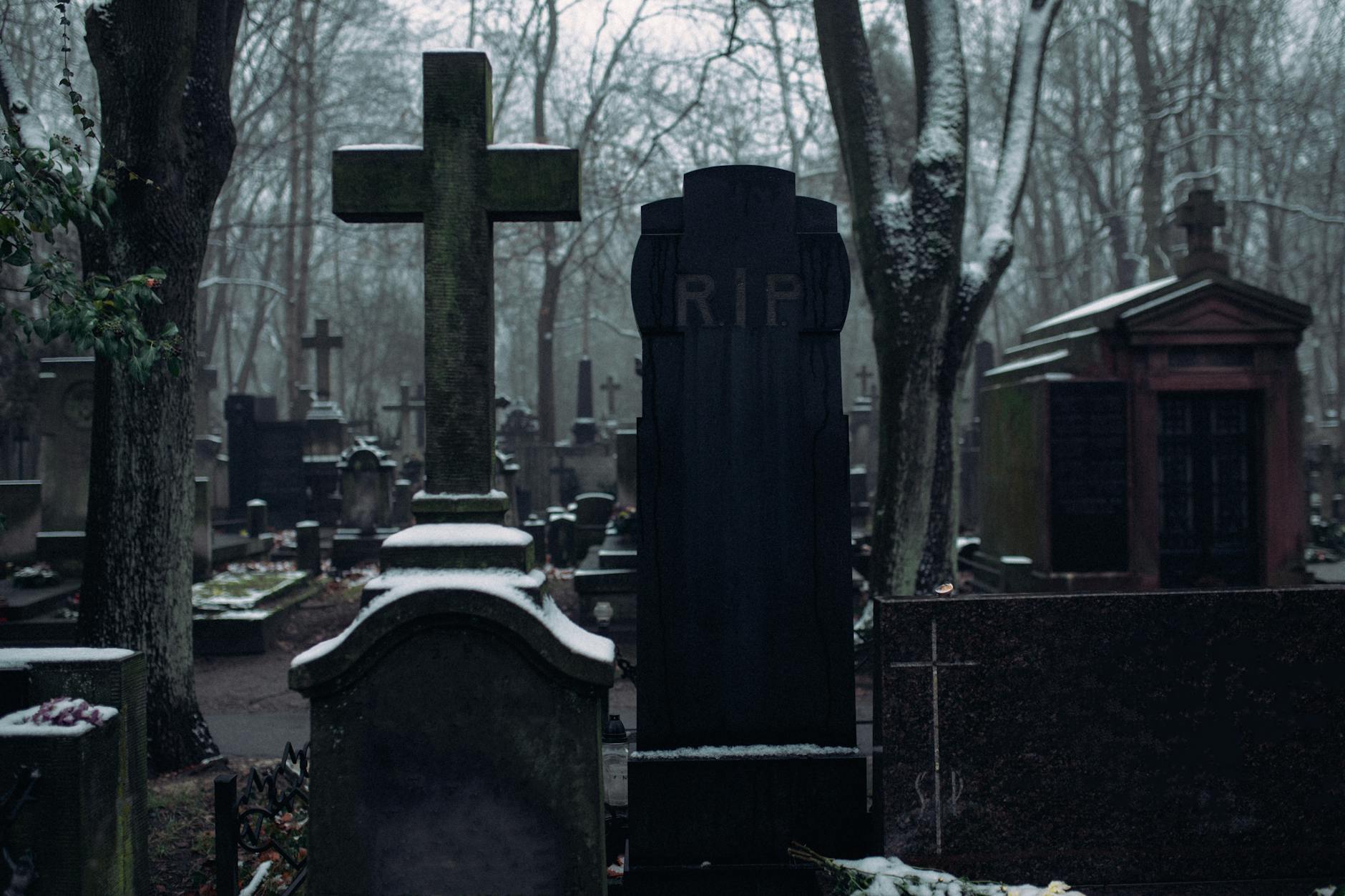The Enduring Mystery of the Roswell Autopsy Footage
Revisiting a Controversial Claim Amidst Renewed UFO Interest
In an era marked by increased government attention to Unidentified Aerial Phenomena (UAP), a grainy 18-minute video purporting to show an alien autopsy from the alleged 1947 Roswell incident has once again captured public imagination. While the claims surrounding this footage have been debated for decades, its resurfacing coincides with official bodies engaging more openly with the topic of unexplained aerial sightings, prompting a re-examination of the evidence and its lingering questions.
The Genesis of the Roswell Autopsy Film
The footage, often attributed to the “Ray Santilli film,” first emerged in the mid-1990s. Santilli, a British businessman, claimed to have acquired the film from a former military cameraman who had documented the dissection of a non-human entity recovered from the New Mexico desert in 1947. The Roswell incident itself, involving the recovery of debris by the U.S. Army Air Forces near Roswell, New Mexico, has long been a cornerstone of UFO lore, with proponents asserting it involved a crashed alien spacecraft and bodies. Conversely, official explanations, including those from the U.S. Air Force, have detailed the debris as remnants of a top-secret Project Mogul balloon used for detecting Soviet nuclear tests, and later incidents as involving weather balloons or aircraft.
Scrutiny and Skepticism of the Footage
From its public debut, the autopsy film faced intense scrutiny. Investigations by various documentary filmmakers and researchers have cast significant doubt on its authenticity. Critics point to several factors: the purported age of the film stock, the quality of the alleged medical instruments and operating room environment, and inconsistencies with known forensic procedures of the era. Notably, the film’s authenticity has been challenged by individuals involved in its production. According to reports, Spyros Melaris, who assisted Santilli in promoting the film, admitted in later interviews that significant portions of the footage were staged. He stated that while there might have been some original footage, much of what was presented to the public was recreated to fill gaps and enhance the narrative, using actors and props. Santilli himself has offered varying accounts of how he obtained the film, further fueling skepticism.
The UAP Landscape Today
The renewed interest in the Roswell autopsy footage is occurring within a broader context of heightened official engagement with UAP. In recent years, the U.S. Department of Defense and intelligence agencies have declassified reports and established offices dedicated to studying UAP sightings. These efforts aim to assess potential national security implications and to understand unexplained aerial phenomena that may pose risks to aviation safety or represent advanced technologies from adversaries. However, these official investigations, while acknowledging unexplained sightings, have not concluded that these phenomena are extraterrestrial in origin. They focus on data collection and analysis to identify the nature and source of these objects, which could range from sensor anomalies and natural atmospheric phenomena to advanced human-made systems.
Weighing the Evidence and Perspectives
On one hand, the continued fascination with the Roswell autopsy footage reflects a persistent public curiosity about the possibility of extraterrestrial life and government cover-ups. For believers, the film, despite its controversies, remains a compelling piece of alleged evidence. On the other hand, the consensus among investigative journalists and many scientific bodies is that the footage lacks credible provenance and verifiable authenticity. The admitted staging of parts of the film by individuals involved in its dissemination severely undermines its credibility as a documentary record of the Roswell incident. The current UAP discussions, while acknowledging unexplained events, are rooted in a more data-driven and cautious approach, seeking tangible evidence and rigorous analysis rather than relying on anecdotal accounts or questionable footage.
Implications for Public Understanding
The persistence of the Roswell autopsy film in popular culture highlights the complex relationship between sensational claims and public perception, especially when layered with ongoing government investigations into UAP. While official bodies are now providing more transparency, the Roswell footage serves as a cautionary tale about the challenges of separating verifiable facts from speculation and fabricated narratives in the pursuit of truth about unexplained phenomena. It underscores the importance of critical thinking and rigorous examination of evidence when encountering extraordinary claims.
What to Consider When Evaluating Claims
As discussions around UAP continue, it is crucial for the public to approach all claims, including the Roswell autopsy footage, with a healthy dose of skepticism. Verifiable evidence, corroborated accounts from credible sources, and adherence to scientific methodology are essential for forming informed conclusions. Relying on sensational claims without rigorous verification can distort understanding and hinder genuine scientific inquiry.
Key Takeaways
- The 18-minute alien autopsy footage from Roswell has resurfaced amid renewed government interest in Unidentified Aerial Phenomena (UAP).
- The film’s authenticity has been widely challenged, with former participants admitting to staging portions of the footage.
- Official UAP investigations are focusing on data collection and analysis, acknowledging unexplained sightings but not concluding extraterrestrial origins.
- The Roswell autopsy footage remains a point of contention, with skeptics citing lack of provenance and fabricated elements, while proponents continue to view it as significant evidence.
- Critical evaluation of evidence and a reliance on verifiable facts are crucial for understanding the complexities of UAP and historical claims.
Seeking Verified Information
For those interested in the official stance on UAP, consulting reports from the U.S. Department of Defense and intelligence agencies offers insights into current government assessments. Understanding the historical context and the evolution of explanations for events like the Roswell incident, as provided by official military records, can also aid in forming a balanced perspective.


























